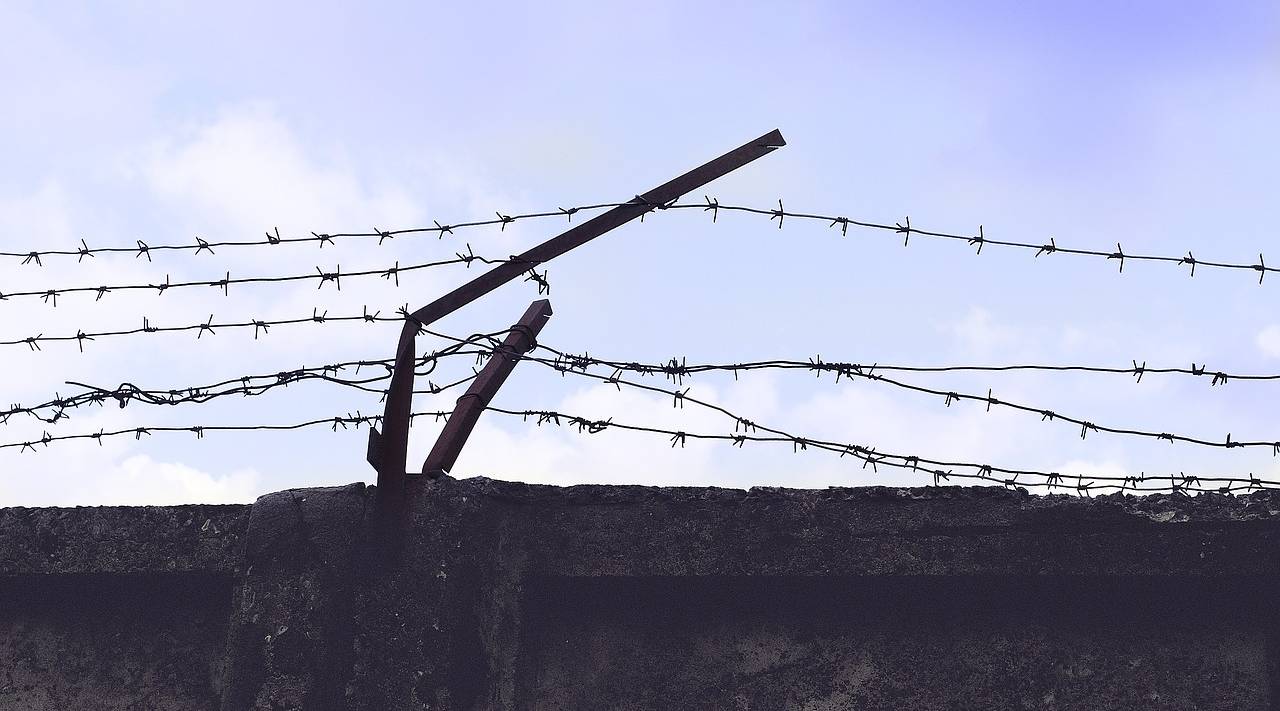
Explore
Use and over-use of imprisonment worldwide
Institute for Criminal Policy Research : global report
Across much of the world, recent decades have seen rapid and unrelenting growth in the use of imprisonment as a response to crime and social disorder.
Today, well over 10 million people are imprisoned worldwide. Jurisdictions that have seen the fastest growth in prisoner numbers include the United States, where the total prison population more than quadrupled from around half a million in 1980 to its peak of over 2.3 million in 2008.
Brazil has seen prisoner numbers increase twenty-fold from around 30,000 in 1973 to over 600,000 today. England and Wales provides another – albeit less dramatic – example of prison population growth: in 1975 there were around 40,000 prisoners; by 2012 the number had more than doubled to almost 87,000. The causes of prison population growth are complex, but many of the consequences are clear.
** Over-use of imprisonment leads to overcrowded, inhumane and degrading conditions of detention. It disproportionately harms poor and marginalised groups in all societies. It limits the capacity of prison systems to deal effectively with the small minority of prisoners who pose serious risks to public safety, and indeed increases the risks posed by prisoners (to themselves as well as to others inside and outside prison walls).**
Over-use of imprisonment also imposes enormous costs on the public purse. While there is no dispute that prison populations have risen steadily over most of the globe in recent decades, there are other strands to the story of imprisonment worldwide. Analysis of trends in the first 15 years of this century reveals a somewhat mixed picture.
From 2000 to 2015, the total prison population of Oceania increased by 59%, while that of the Americas increased by 41%; that of Asia by 29%; and that of Africa by 15%. Europe, in contrast, saw a 21% fall in total prisoner numbers. Broad continental trends mask starker disparities at country level – with, for example, the rate of increase in prisoner numbers in the United States having slowed and then reversed over the past 15 years.
Some European countries have seen periods of growth in prisoner numbers followed by periods of decline (such as the Netherlands), and some vice versa (such as Hungary). On the other hand, there are countries throughout the world (such as India) in which levels of imprisonment have always been relatively low, and in which this continues to be the case.
In other words, there is nothing inevitable about prison population growth. While there are multiple factors that directly or indirectly promote greater use of incarceration, so too there are wide-ranging moderating influences and indeed downward pressures. These downward pressures include resource constraints, for the simple reason that prisons are expensive.
There is growing recognition of imprisonment’s failings as a response to social problems, and growing acceptance that many of these problems can be most effectively tackled outside the realm of criminal justice altogether. And whether overtly or covertly, and whether motivated by economic or other concerns, some states have made clear political choices to curb or reduce the use of imprisonment. In this report we consider why and how, and with what effect, such choices are made, and the factors that prevent, constrain or undermine these choices.

Use and over-use of imprisonment worldwide
This report looks at patterns of imprisonment in ten contrasting jurisdictions across all five continents of the world.